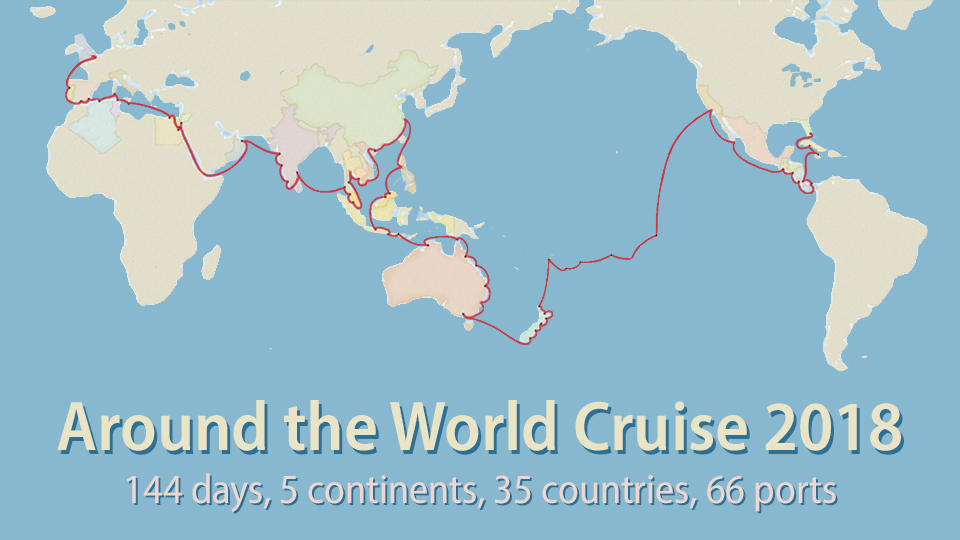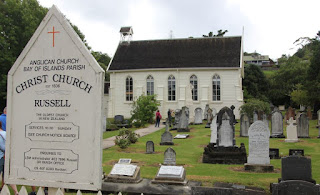Tauranga grows a lot of kiwi fruit and avocados. There are 2 types of Kiwi: the traditional green and fuzzy one, and the yellow Sun Gold variety. Crops grow well here because of the thick layer of fertile volcanic soil. The shopping area has several American stores -- K-Mart, Burger King, Kentucky Fried Chicken, Starbucks. Gasoline costs $2.00 per liter, which is equivalent to about $8 per gallon in the U.S.
We visited a small Maori (pronounced "mowrey") village to learn about their culture and practices. The Maori are the indigenous people in New Zealand, thought to have come from Asia via the Polynesian Islands in canoes (waka) over 1000 years ago. People of Maori descent make up 14% of the population of NZ today. They have unique customs of dress, dance and communal living. As we drove to the marae (sacred meeting grounds), our Maori guide taught us a song in the Maori language:
E toru nga mea There are three things
Nga mea nunui That are most important
E ki ana It is stated
Te Paipera In the Bible
Whakapono Faith
Tumanako Hope
Ko te mea nui Most important of all
Ko te aroha Is love.
Some Maori words:
Kia Ora hello; good health to you
Whanau family ("wh" is pronounced with an "f" sound)
Whare house
Wahine female
Tane male
Tauranga safe harbor or anchorage
Aotearoa Maori word for New Zealand, literally means "land of long white clouds"
We were treated to a welcome ceremony, speeches by the village elders, the traditional greeting of touching foreheads and noses (see photo), singing and traditional dancing. The females wear black and tan skirts made from flax plants. The males wear loincloths. The traditional Maori war dance done by the males is called the haka. It is meant to scare and intimidate and is delightful to watch.
We ended our visit by going into the community house to learn about Maori traditions. You must remove your shoes as a sign of respect for the ancestors. These buildings are beautifully decorated with wooden carvings, woven mats and bright colors. The people were so warm and welcoming. A wonderful cultural experience.
 |
| Mount Maunganui at the entrance to Tauranga harbor |
 |
| sheep are all over New Zealand |
 |
| The whare nui - communal house of Maori marae |
 |
| Maori greeting - touch foreheads and noses |
 |
| Dancers |
 |
| The Maori haka -- war dance |
 |
| Inside the whare nui - wood carvings and woven mats decorate walls |
 |
| Posing by a carved Maori figure |
 |
| View from the top of Tauranga toward the harbor |














































